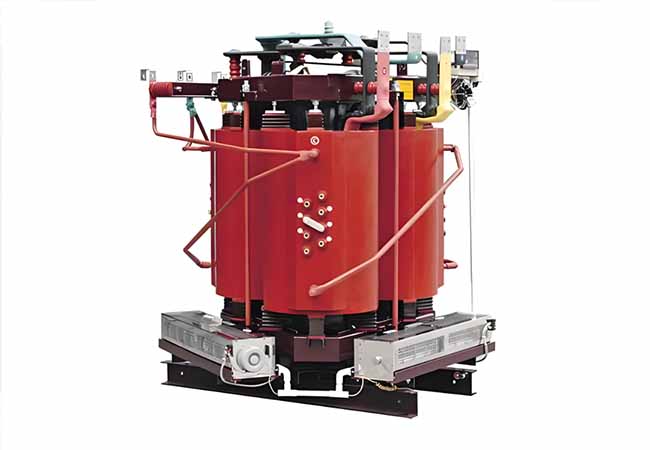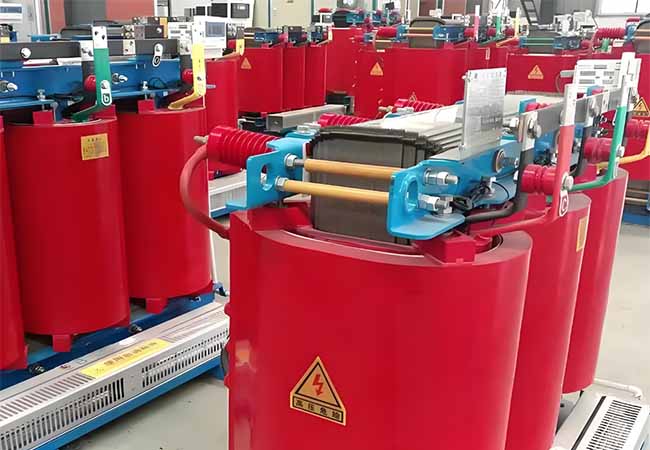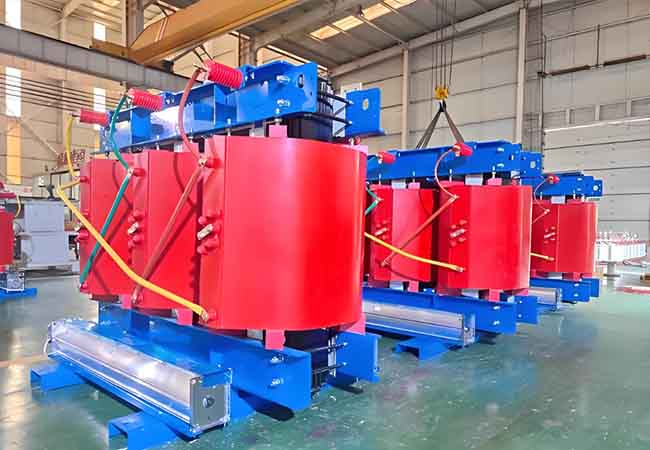Dry-type Transformer and Oil-type Transformer Difference
04-07 2025 | By:
The core difference between dry-type transformers and oil-immersed transformers is reflected in multiple dimensions such as cooling medium, structural design, and application scenarios. The following is a comparative analysis of comprehensive search results:
1. Cooling medium and insulation method
Dry-type transformer
Uses air or gas (such as SF6) as the cooling medium, and dissipates heat through natural air cooling or forced air cooling by a fan.
The insulation material is resin or special insulating paper, no oil immersion is required, and the coil structure is directly exposed.
Oil-immersed transformer
Uses transformer oil as the cooling and insulation medium, removes heat through oil circulation, and is equipped with a heat sink on the outside.
The oil tank needs to be sealed, and the internal oil pillow adjusts the oil pressure. Some new models may omit the oil pillow.
2. Differences in structure and appearance
Dry-type transformer
No shell, the core and coil can be directly observed, the volume is large, and it usually has a silicone rubber sleeve.
Some models are equipped with a shell and a fan, suitable for indoor installation.
Oil-immersed transformer
The shell is wrapped, only the heat sink and oil pillow can be seen, the coil is immersed in oil, and a porcelain sleeve is used.
Compact size, higher heat dissipation efficiency, suitable for outdoor or independent transformer rooms.
III. Capacity and voltage level
Dry-type transformer
The voltage level is usually ≤35kV, and the capacity is mostly below 2500kVA, which is suitable for power distribution scenarios.
It is not applicable in the field of ultra-high voltage (such as 1000kV).
Oil-immersed transformer
Covering all voltage levels (including ultra-high voltage), with a wide capacity range, suitable for high-power transmission.
IV. Application scenarios and safety
Dry-type transformer
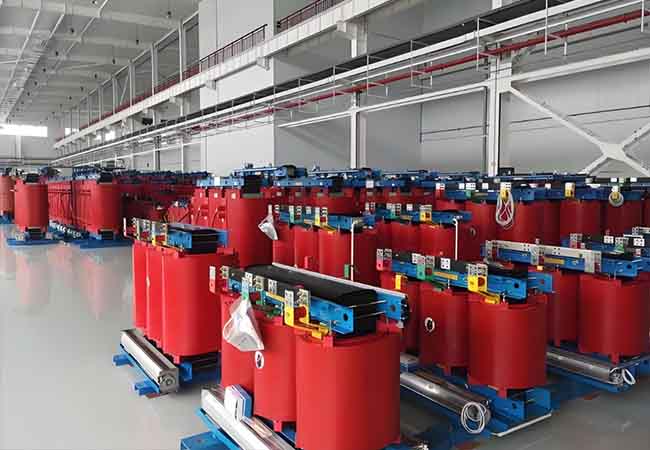
Suitable for places with high fire and explosion requirements (such as high-rise buildings, hospitals, and data centers).
No risk of oil leakage, but moisture can easily affect the insulation performance, and a dry environment is required.
Oil-immersed transformer
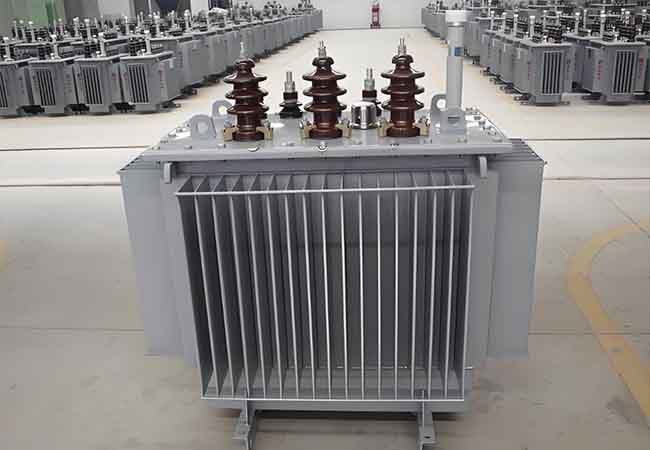
Mostly used outdoors or in independent transformer rooms, there is a risk of oil leakage and fire, and an accident oil pool is required.
Adapt to harsh environments, strong overload capacity, and low maintenance cost.
V. Economy and maintenance
Dry-type transformer
High procurement cost (30%-50% more expensive than oil transformer at the same capacity), but maintenance-free and long life.
Oil-immersed transformer
The initial investment is low, but the oil needs to be changed regularly and the sealing needs to be checked, and the maintenance cost is high.
Summary of selection suggestions
Prefer dry type: indoor places, high fire protection requirements, limited space, long-term stable operating environment.
Prefer oil-immersed: large-capacity power transmission, outdoor scenes, limited budget, strong overload capacity required.
You may also find these interesting:
